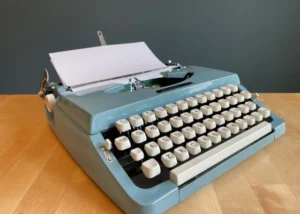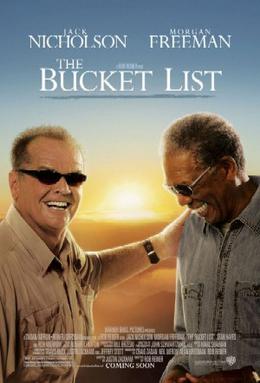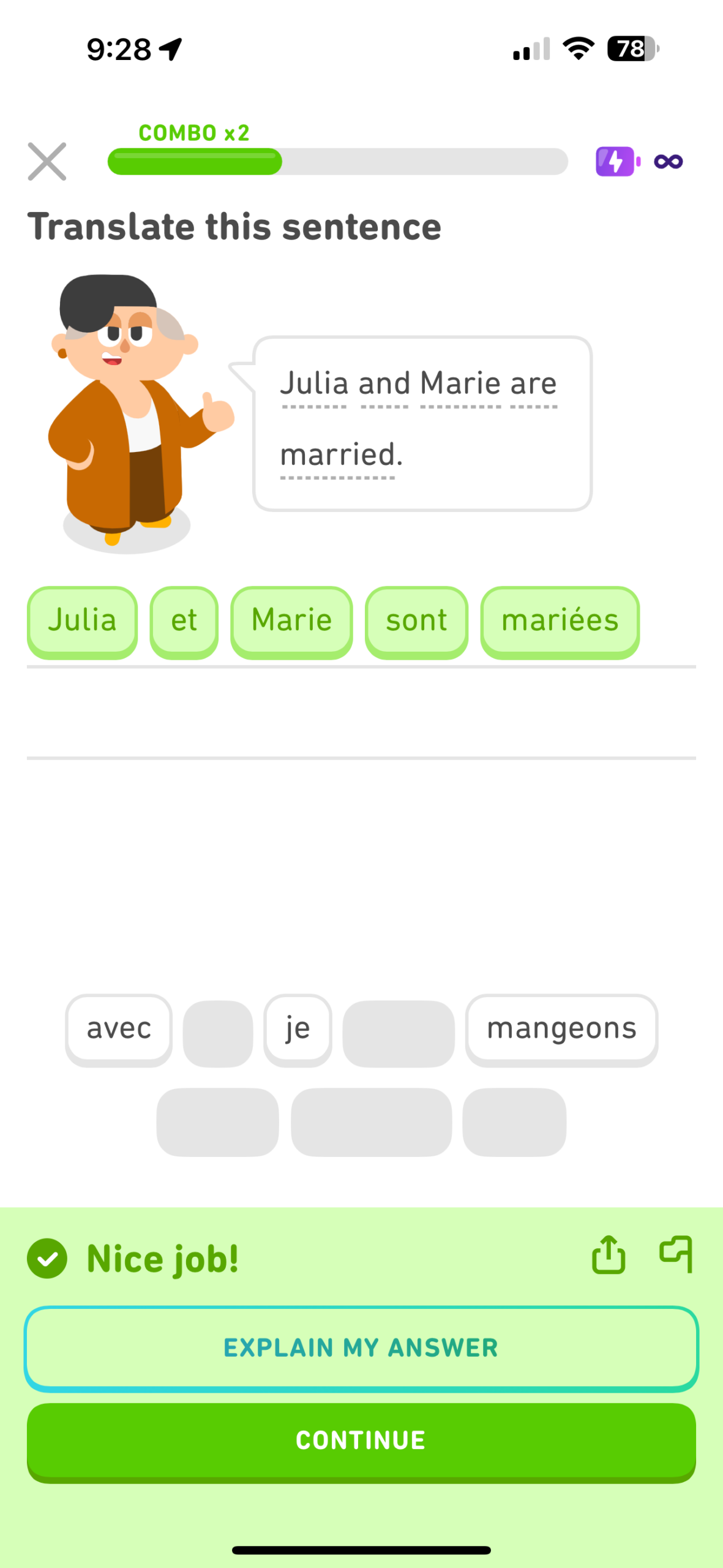Since I spend a good portion of my day on a keyboard, its design is important, especially the specific placement of the keys. I have five laptops in my home right now — four older laptops that serve as backups in case of emergency (and I once went three deep into my backups during an especially unlucky week) — and the one I’m writing this on now.
All of these machines have served me well and have offered me a variety of excellent features, but for me, the most essential feature of all on any laptop is the placement of specific keys on the keyboard:
Arrow Up, Arrow Down, Return, Shift, and most especially, Delete.
The keyboard on my current machine is my favorite by far. The Delete key is located in the top right corner and is easy to find and strike. It’s larger than the surrounding keys, making mis-strikes less likely.
All the other essential keys are stacked along the right-hand side of the keyboard, making them just as easy to find.
I’m lefthanded, which makes this right-side preference a little annoying, but as a lefty, I’ve learned to live in a right-handed world where door knobs, automobiles, zippers, scissors, buttons, notebooks, and so much more are optimized for right-handed people.
Left-handed people are often fairly adept at the use of their right hand because of the totalitarian state of right-handed oppression that we must ensure daily.
So even though I’d prefer those critical keys be moved to the left-handed side of the keyboard, I’ve learned to adapt and make due.
My keyboard is also backlit. This is a great feature for a person who types with four to six fingers at a time and is often forced to look at the keyboard while doing so.
All of this optimization is good because the keyboard—the tool so many people spend most of their day using—is designed to be deliberately inefficient.
In the nineteenth century, when the original keyboards were being designed, fast typing would jam typewriters, so the keyboard layout was designed to purposely reduce a typist’s speed. This is why the “A” key, for example, was placed on the far left of the keyboard. If the keyboard were designed for speed, more frequently used keys would be centered in the middle of the keyboard, but a quick look at the keyboard shows you that this is not the case.
This is exceptionally frustrating for those of us in the twenty-first century who have keyboards that can now keep up with the fastest typists yet have no way of improving their design.
The purposefully inefficient Qwerty keyboard design seems doomed to remain with us forever, which is crazy.
Imagine if the tool you used most often at work was designed to slow you down.
A hammer that misses the nail every fourth time.
A thermometer requires you to take a patient’s temperature five times and average the totals.
A computer program that inexplicably shuts down once an hour.
Actually, some of us may still suffer from this latter problem from time to time.
But despite its poor design, my biggest complaint about the keyboard is the Caps Lock key, which has always been one of the most oversized keys.
Why?
Since the Cap Lock key locks the keyboard into place, why must it be so large? If you’re capitalizing off and on, the Shift key works well and is appropriately sized. But if you want everything to be in capitals — perhaps you’re writing like a fifth grader, an irate uncle, or Donald Trump — the Caps Lock key should remain activated for a while.
So why so damn large?
For those who do not always look up when typing, this can be especially frustrating when you finally peek at the screen and see that the last 400 words have been typed in capital letters.
From what I understand, Caps Lock is important to programmers, database managers, medical staff, and other work-specific tasks. But do we need to keep this extra-large button—the only one that alters almost every other key on the keyboard—alongside the second most frequently used letter in the alphabet?
Are people really switching Caps Lock off and on with a rapidity that requires the key to be so prominently placed on the keyboard and with such great size?
I suspect that keyboard design might not be so important to me if I knew how to type properly, but I missed out on that chance in high school when I chose to take World Geography over Typing 1.
My high school didn’t require students to take typing, and no one told me that I’d one day spend every day of my life writing books, blog posts, magazine columns, plays, poems, emails, letters, and more.
In my junior year, when a teacher required a research paper to be typed, I rebelled. Since I hadn’t learned the skill and hadn’t been required by the school to learn it, how could I be required to type?
Also, since I had never taken a typing class, I wasn’t permitted to use the school’s typewriters, so I didn’t even have access to the equipment needed to complete the assignment.
So I refused.
I wrote the paper by hand and handed it to the teacher, daring her to reject it. I also penned a front-page opinion piece in our school newspaper titled “The Right to Write,” arguing that my high school was making it impossible for me to be a successful student.
More than three decades later, I still have copies of the newspaper. It was one of the first things I’d ever written that I thought was good, and re-reading it today, more than 35 years later, it sounds like me. A little clunky at times, but a good bit of argument.
Of course, I ensured that the article was published one day before I submitted my handwritten assignment, which put that teacher in a bit of a pickle.
That article resulted in a contentious meeting with the vice principal, Stephen Chrabaszcz, and an ultimate change in school policy:
Students who had not taken a typing class would no longer be required to type assignments.
It also resulted in a requirement for freshmen to enroll in a typing class in subsequent years.
It was the first — but certainly not the last — time something I had written outraged teachers, angered school administrators, forced me into contentious and combative meetings with administration, and sometimes effected a permanent policy change.
More than three decades later, I’m still doing that, too.
I just did it a couple of weeks ago.
Some things never change.









